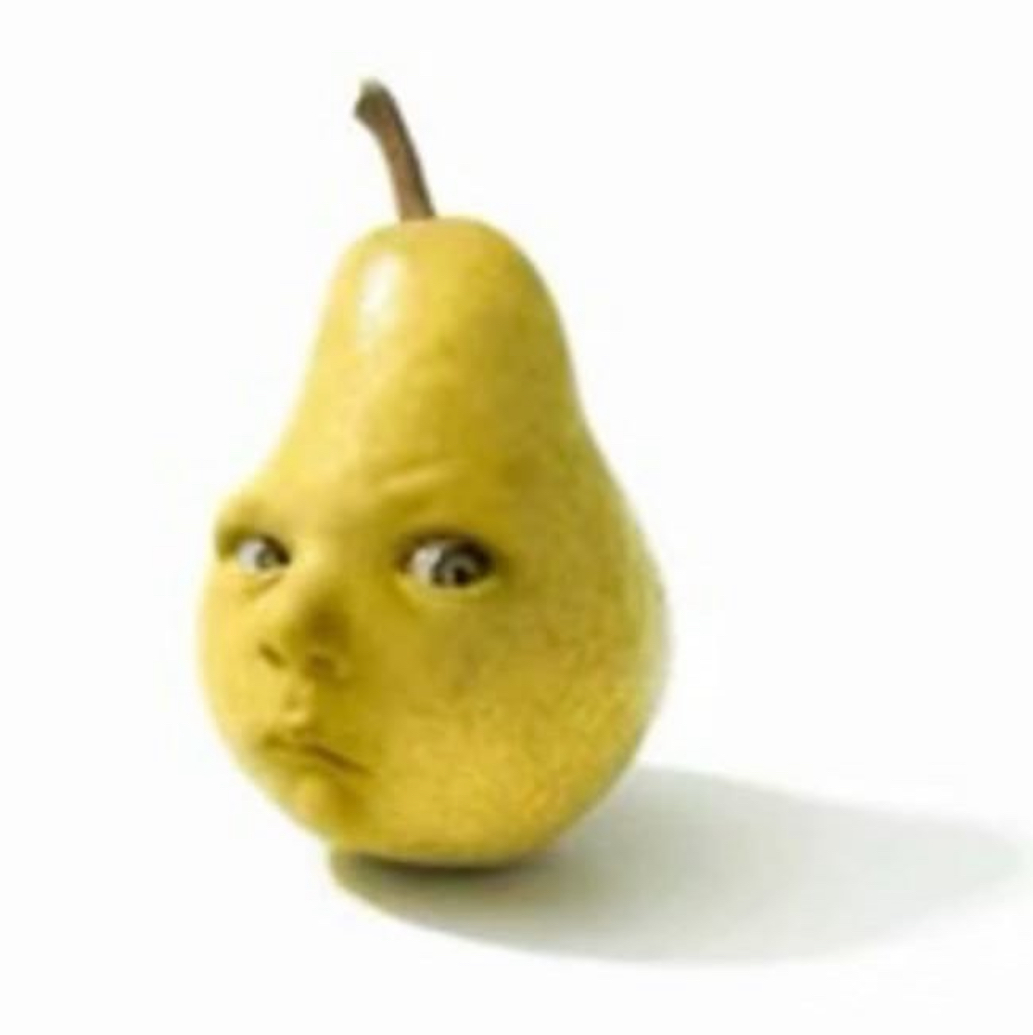KINETICS
Cards (22)
- Rate of Reaction
- Collision Theory
- How does increasing the concentration affect the rate of reaction?
- How does increasing the pressure affect the rate of reaction?
- How does increasing the surface area affect the rate of reaction?
- How does increasing the temperature affect the rate of reaction?
- How does a catalyst affect the rate of reaction?
- What is on y axis in Maxwell-Boltzmann Distribution graph?
- What is on x axis in Maxwell-Boltzmann Distribution graph?
- Ea
- Emp
- Why does the M-B graph start at the origin?
- Why does the M-B graph not reach x axis?
- What does the total area under the curve represent?
- What particles are to the right of the Ea?
